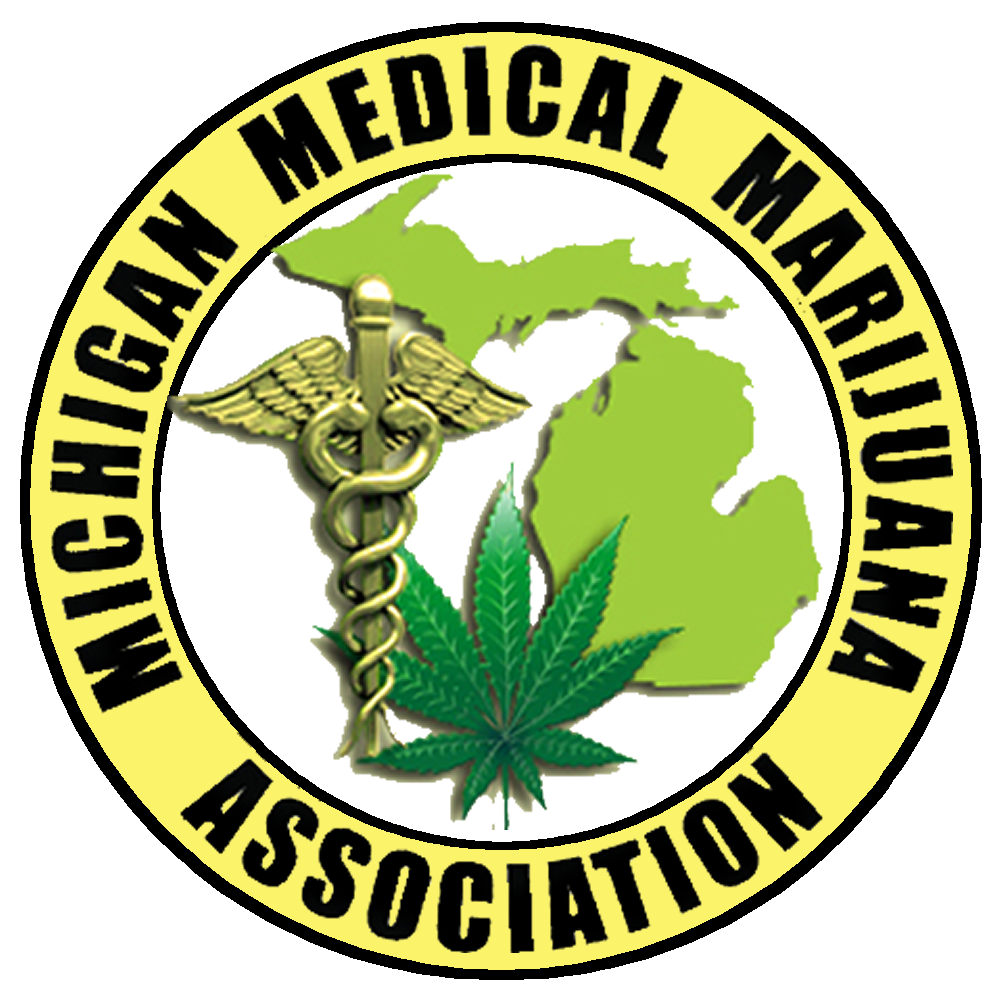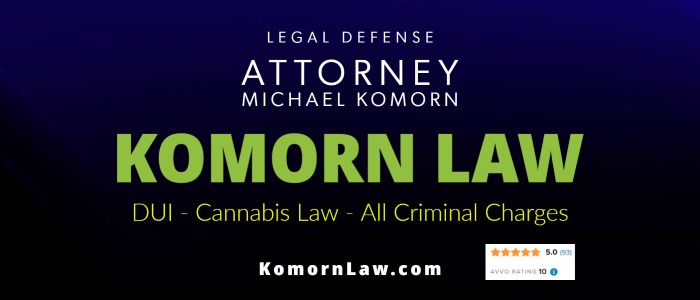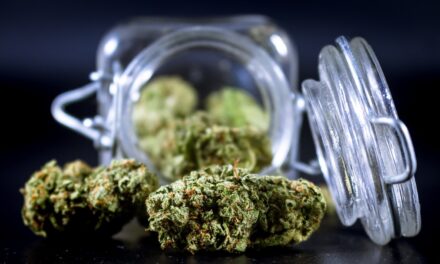Executive director of Michigan’s Marijuana Regulatory Agency, Andrew Brisbo, announced a new legislative importance, that the state bring Delta-8 THC and other cannabinoids under the same regulatory framework as Delta-9 THC.
HB4517
The eight bills, led by HB 4517, and sponsored by Rep. Yousef Rabhi (D- Ann Arbor) and Rep. Jim Lilly (R-Holland), would revise the definition of Tetrahydrocannabinols (THC) more commonly so that not only Delta-9 THC is covered but any THC product the MRA determines has a potential for abuse.
The legislation experienced accolades and self-warming reception at Monday’s committee hearing, including testimony in support from the Brisbo, and the state’s two leading cannabis trade associations.
Delta 9 THC
THC is an acronym for Tetrahydrocannabinol. THC is one of the cannabinoids found in cannabis, and is the main psychoactive element. CBD is another predominant cannabinoid. Delta-9 Tetrahydrocannabinol is a cannabinoid found in large, naturally occurring amounts in marijuana plants and is the key ingredient that spurs cannabis sales. Delta-8, an isomer of Delta-9, or a molecule with the same number of atoms of each element but with a different atomic arrangement, is also naturally occurring in marijuana plants, but generally in trace amounts. To obtain significant amounts of Delta-8, cultivators need to distill the plant, and refine the resulting distillate, emphasizing for Delta-8 over Delta-9.
While Delta-8 has attracted a great deal of media attention, cannabis lab scientists warn that other derivatives are coming down the pipeline.
“This is a good effort by the MRA to align with what the MI public health code says,” said Greg Michaud, CEO of Viridis Laboratories, spent decades operating a forensic testing lab for the Michigan State Police.
Back to a controlled substance.









